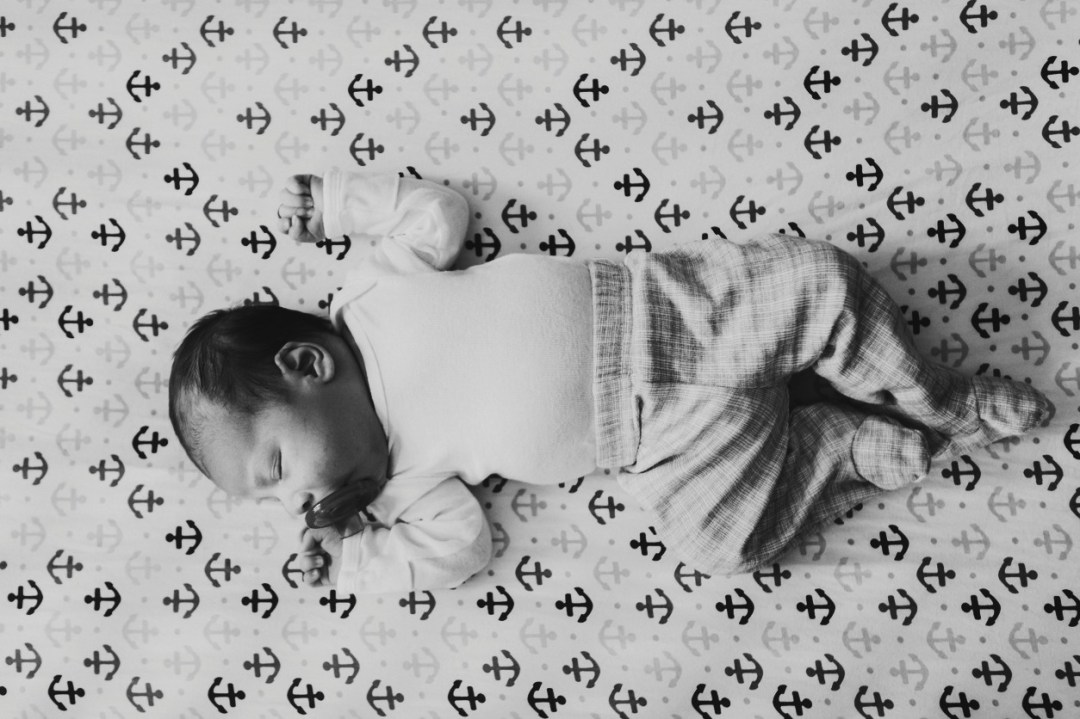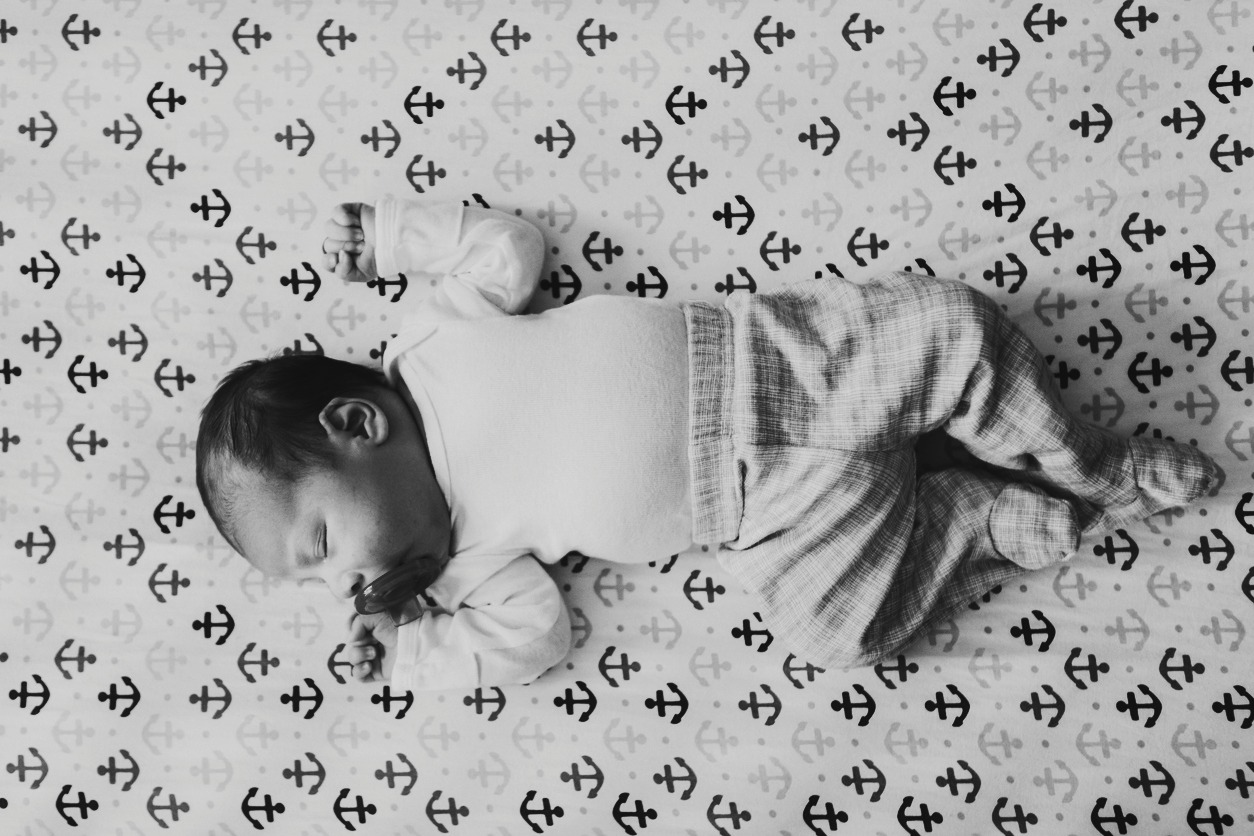The fertility rate of foreign-born women is almost a third higher than that of UK-born women, according to new analysis. And yet, even the foreign-born rate of 2.03 children per woman (compared with 1.54 for UK-born) remains below the replacement rate of 2.1. It has steadily declined from its peak of 2.46 two decades ago. In other words, we cannot rely on immigration to make our population self-sustaining.
For years British policymakers seem to have assumed that high levels of net migration would alleviate our demographic woes. Open our borders, and in would flow young people willing to abandon their own ageing parents in order to care for, and fund, ours. And there would be the added benefit that some would arrive from countries with higher fertility rates. Nigeria for instance, which is among the most common countries of origin for migrants to Britain, has a fertility rate of 5.
This ‘plan’ – if such it was – always had flaws. For a start, we would need very high levels of net migration in order to offset declining birth rates, inevitably placing great pressure on already-stretched public services and housing supply. The economics didn’t add up either: as OBR modelling recently showed, a ‘low-wage migrant’ arriving here aged 25 will cost the taxpayer over £400,000 by the time they reach 81. And when people migrate, their fertility patterns tend to align with the birth rate of the native population fairly quickly. There are cultural consequences to high levels of migration too.
In any case, nearly every country is now witnessing a shrinking population. Asia is the conked-out canary in the coalmine: in Taiwan, the fertility rate is 0.87, in Hong Kong 0.75. Even assuming this doesn’t drop further, the number of children born will more than halve with each passing generation. By 2100, almost 50 per cent of people living in South Korea will be older than 65. Thousands of schools have already been closed, with too few children to fill them. A third of daycare centres and kindergartens are projected to close by 2028.
Population growth, once dreaded by a previous generation of catastrophists, is now really only limited to sub-Saharan Africa. In Niger, the country with the highest fertility rate, the average woman is still having a mind-boggling six children; women in Angola are having five. But even these nations’ birth-rates are on an inexorable downwards trend.
A resurgent pro-natalist movement is now pushing for changes to the way we live, considering it incompatible with sustaining our population. As has been well documented, at the heart of the demographic crisis is female independence: since the 1970s women have done more work and more homemaking. And as more have worked, the status of the domestic sphere has diminished.
At root of this thinking is the fallacy that governments can do anything for which we wish hard enough
But pro-natalists are convinced British women want more children (they would choose to have 2.35 on average, we’re told) but cannot afford to. Childcare is too expensive, couples are worried about the economy. Paid family leave is insufficient, while stratospheric rents and house prices make large families an impossible dream. There is truth in some of this and good reasons to address it: our failure to build enough homes underpins virtually every other problem ailing modern Britain. Our childcare sector is a confused mess, with both high costs and poor quality. But having (more) children is a deeply personal decision, unlikely to be substantively swayed by financial considerations. Modern women are not just frustrated broody hens, needing only a cash injection to get started. And those often-forgotten roosters, husbands and partners, may not be too keen either.
Or that’s what the evidence surely suggests. Hungary’s birth rate is just 1.5, despite Viktor Orban spending nearly 6 per cent of GDP on pro-family measures. Since the 1990s Japan has been churning out policies designed to encourage women to have more babies, but its population is still projected to fall from 128 million in 2010 to 87 million by 2060.
In his recent book, The Care Dilemma, David Goodhart suggests we introduce a £10,000 ‘Home Care Allowance’ for all parents, mimicking a similar subsidy in Finland. So the argument goes, women have been turned from baby-making to GDP-making machines, and ought to be given the freedom or encouragement to go back. But such measures would likely be a catch-22: to be enough to compensate for the loss of salary, status and liberty, they would be unaffordable to the Exchequer. The tide of social change has already gone out.
At root of this thinking is the fallacy that governments can do anything for which we wish hard enough. In reality, their impact on intimate family relations is minimal. Politicians should focus on what they can do: reforming our planning system, slashing childcare red tape, finding ways to reduce our mushrooming benefits bill and getting those young and not-so-young who can work back into jobs. They could reduce regulation and the power of vested interests such as trade unions and professional groups, encouraging automation and a step change in productivity. They could reform the pensions system. They could finally tackle the social care issue, making it a better-paid career which would attract more to this increasingly pressing need.
A changing demography need not be a disaster: we should put our faith in human adaptability. It’s got a better chance at solving this problem than Orbanesque plans to turn women back from ‘production to reproduction’.








Comments